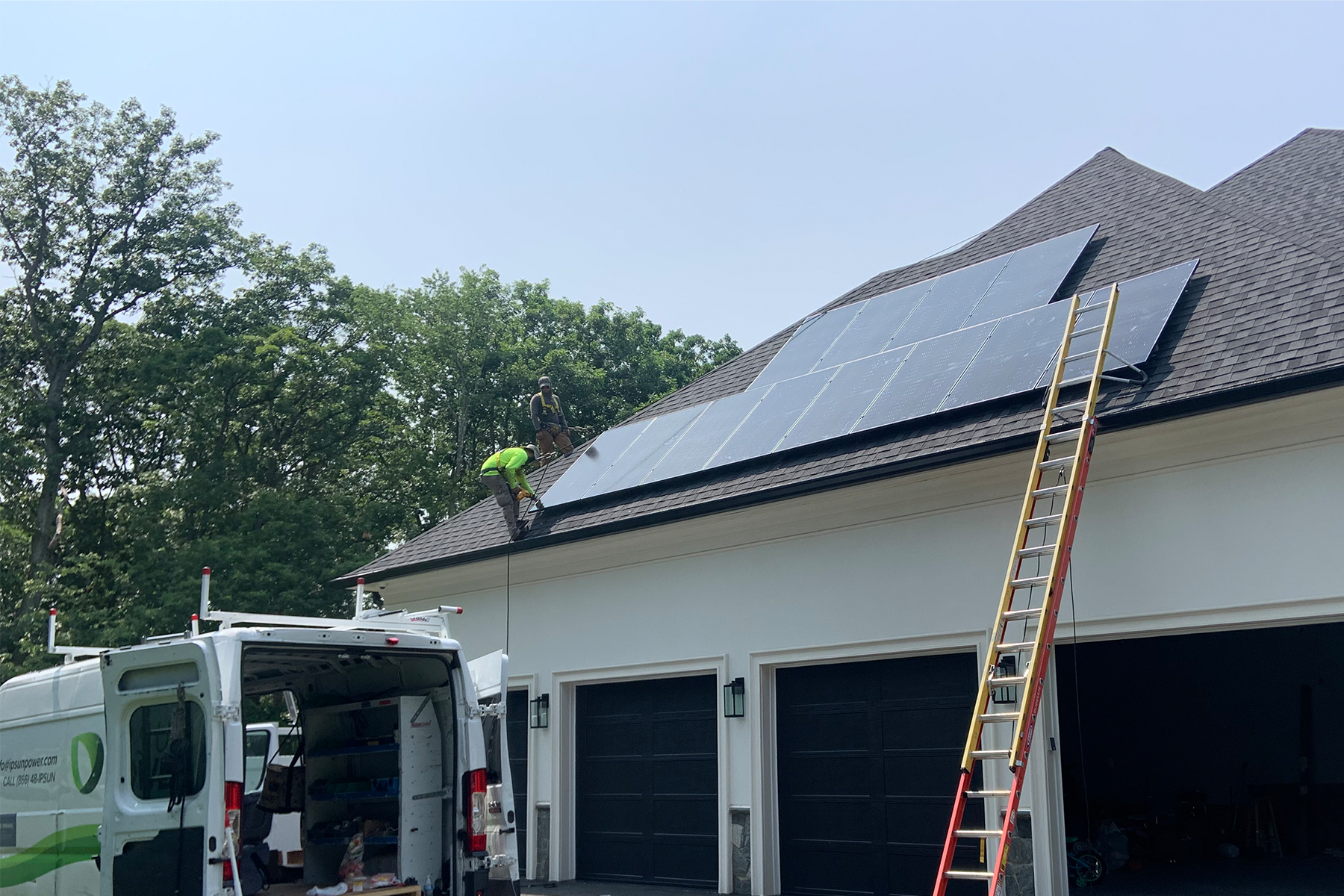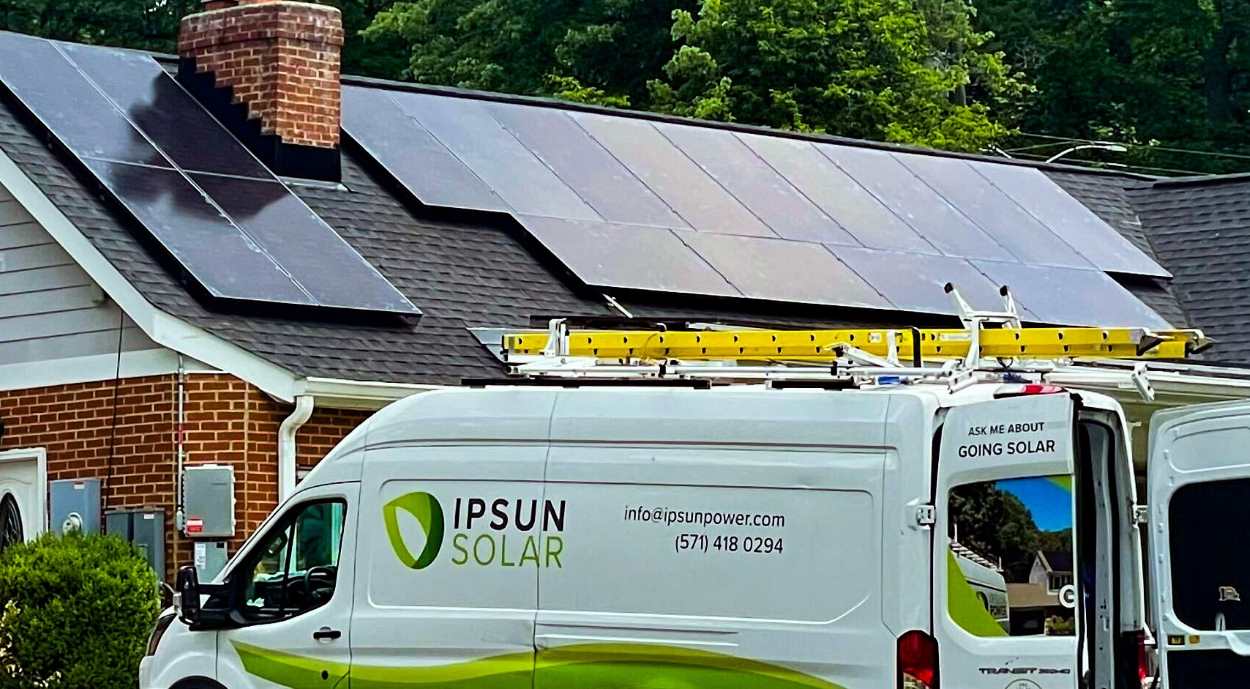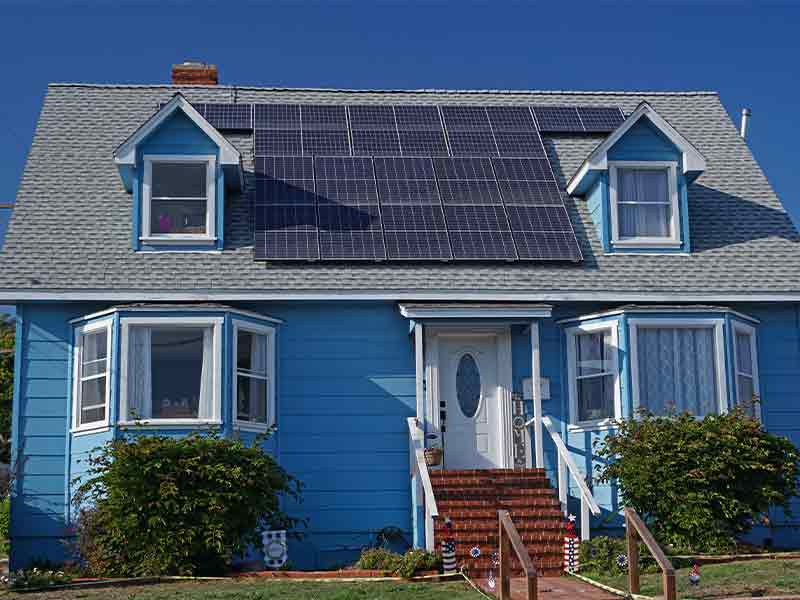Deciding on the right number of panels for your solar system can feel like a big puzzle, but it doesn’t have to be overwhelming. Whether you’re new to solar energy or thinking about upgrading your system, we’re here to help you make sense of it all. In this blog, we’ll walk you through the basics of solar panel system sizes, including what to consider and how to find the perfect number of panels to fit your home. By the end, you’ll have a clear understanding of what you need to make the most out of your solar investment. Let’s get started on your journey to a more energy-efficient home!

Solar panels are sized to fit on roofs
How about we review some solar terminology at the start: when we talk about solar products, the main item is something that people call a solar panel. We actually try to refer to those as solar modules because they are the building block of your rooftop solar system, but we’ll use the terms interchangeably in this blog.
Whichever term you call them, they are made by assembling many small photovoltaic cells into a sealed, layered, and durably framed unit. They end up around 5 feet by around 3.5 feet with lots of variation by maker, depending on power rating, cell measurements, and target uses. They weigh about 40 pounds, and we love UCS’ guide that shows how they’re made.
These modules can be laid out on racks to span the area available on a roof. Any bigger and the weight of each individual module would be an issue, making it hard for installers to work with.
An array is a grouping of solar modules that point the same way and aren’t separated. A home might have one array of panels on the side facing south and another array on the attached garage roof facing west. They take the shape that the roof area allows: one home may have a long, wide rectangle, one may have a few groups of panels, each shaped more like a Tetris piece, or a stepped-pyramid of panels filling a roof plane.
In a solar system’s planning stages, an installer will talk about adding, removing or positioning arrays to maximize the sun reaching them year-round. Panels can be oriented landscape (long-way) or portrait (tall-way) to better fit into a given roof area, as long as it suits the homeowner’s preferences. Depending on the homeowner’s budget and goals, the installer may use roof planes that only face close to south, or incorporate more east- and west-facing arrays if necessary, as panel performance and the economics of solar have improved to make this a financially viable move.
Solar energy system size, from a capacity standpoint
Let’s leave particular brands of solar panels aside for this discussion. Here’s why: Every solar panel brand introduces new modules from time to time. Advancements and competition drive improvements in available modules over time, including:
- Higher efficiency and wattage
- Built-in microinverters
- Aesthetic improvements like black back sheet
- Bifacial composition, for versatility and commercial applications
- New methods of reducing degradation, or small losses in output, that a solar module undergoes
Certain roof dynamics can work against achieving total roof coverage with solar panels. A shady forest of trees is an obvious one that’s sometimes a barrier to going solar. Some are solvable like replacing long roof vents with lower-profile types that fit under panels, but some kinds of roof architecture feature geometry that simply doesn’t lend itself to solar. A professional consultation will address those questions, however the bottom line is some homes will simply have more or less solar potential than others.
The quantity and placement of solar modules on your roof will have two limits – how many fit on your roof space, and how many “fit” into covering your energy demand, which we’ll talk about next.

Harvest the sun with a right-size solar panel system
It’s a bit like cultivating a vegetable garden. You consider the amount of space available, how fast your family can pick and eat what you produce, and if your goal is to have excess or to just make what you’ll use up. (In this example battery storage could represents freezing and canning your excess produce to last you during the winter months!)
The energy your home eats up in a year is a number you can find pretty easily – add up all the kWh (or kilowatt hours) that your utility company has billed you for during the last 12 months.
How does your solar professional’s computer program translate that to your possible bill savings from solar? They’ll compare that number to the sun hours your location gets annually times the wattage rating of the solar panels available to you. The right number of solar panels will satisfy your demand. In some places and some cases, it can be worthwhile to build out extra solar size with more panels, but it depends how your contributions to the grid are treated.
Right now, the best way to know what solar modules are available to you, what size they are, how they could fit on your roof, and what’s the best solar panel configuration for your goals, is a solar consultation with a professional solar contractor. A professional solar consultation will include a custom automated proposal, sometimes with two or more possible courses of action for system size depending on variables you discuss like if:
- The number of occupants in your home is likely going up or down
- You’re planning to start charging one or more electric vehicles at home
- You’re in the market for an energy-intensive addition, such as a hot tub
- You’re replacing an aging HVAC system like a gas furnace or energy-hug AC unit with with an energy efficient heat pump or mini split heat pump
- You’re interested in having enough panels to fill a substantial battery storage system from your solar to last overnight and on overcast days in a grid outage
During your solar consultation, you’ll see that your perfect solar panel capacity total will come from the wattage of your panels times the sun hours you get at your home during the month of the year when your utility bill is highest, so you can see if you can equal your billed kWh and bring that month’s payment down as far as possible.
The only other limits you’ll encounter to the size of the solar panels system you’ll get are limits maintained by utilities on the largest size of solar system eligible to be interconnected to their grid (20 kW for Dominion in Virginia, for example) and limits on system sizing relative to how much of the customer’s energy is going to be offset. (150% of pre-solar bill of estimated production is currently permissible at time of writing this.)
Federal tax credits and potentially state and local incentives can help with the cost of your perfect size solar panels system. Your home and lifestyle calls for the ideal solar panels size and system, to save on monthly bills now and for over 25 years from now.
Get your free estimate today to determine the best solar energy system size for your home or business!





